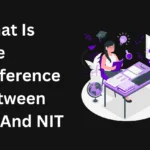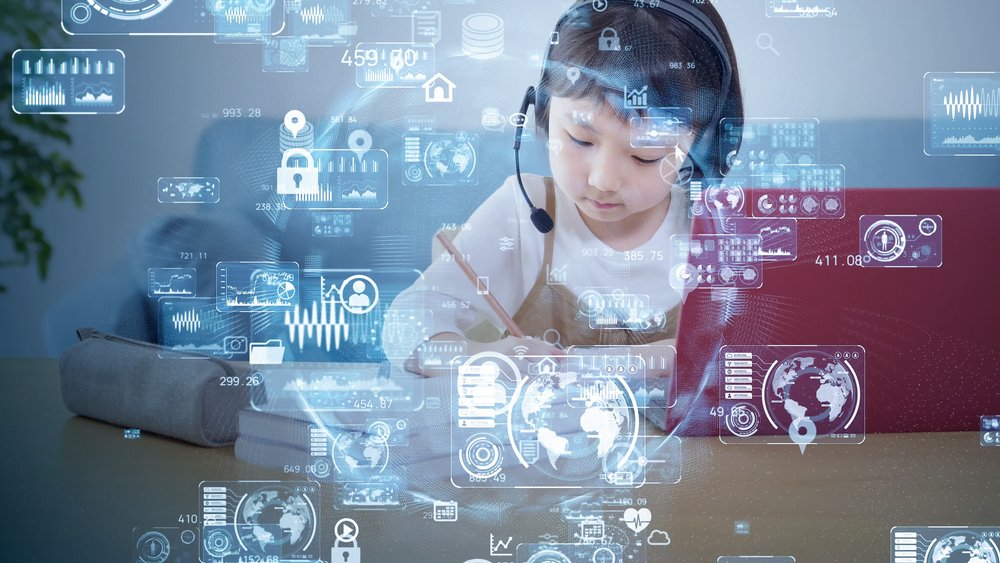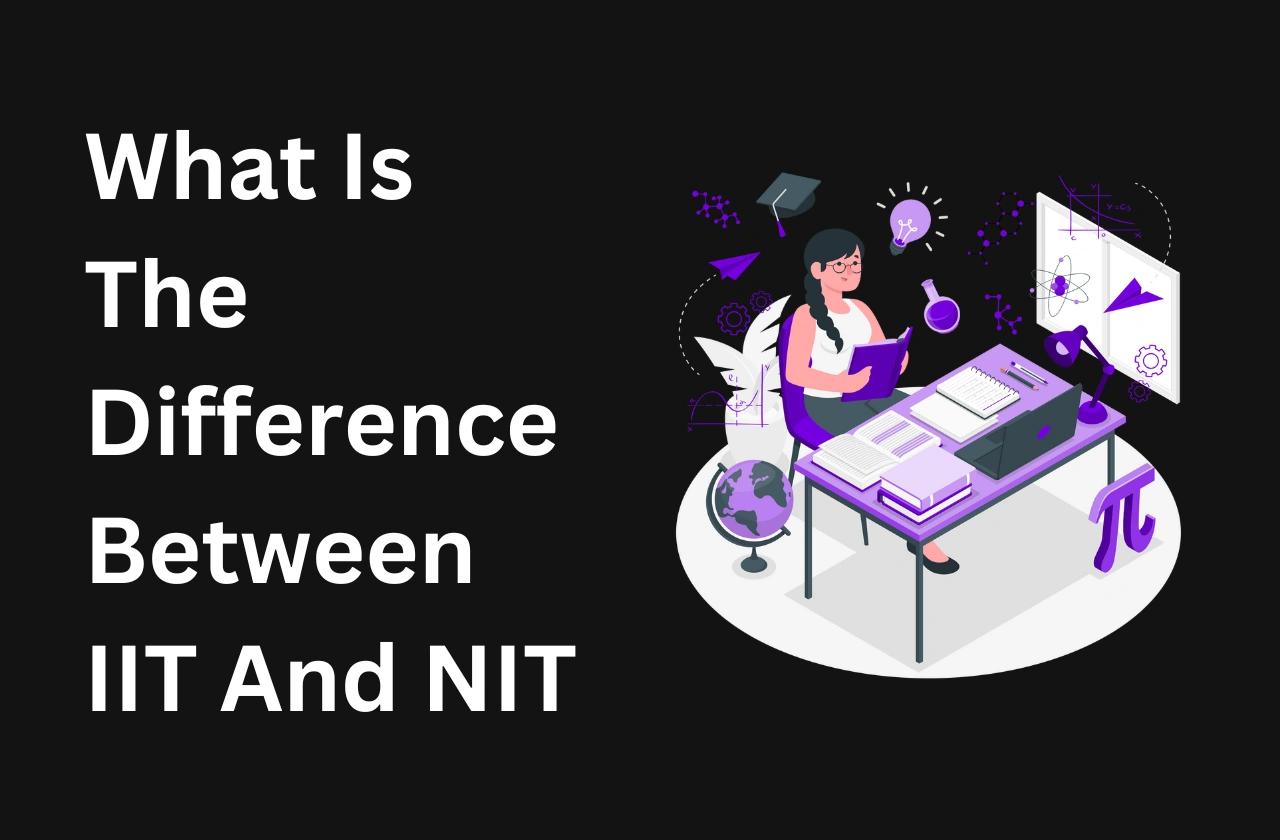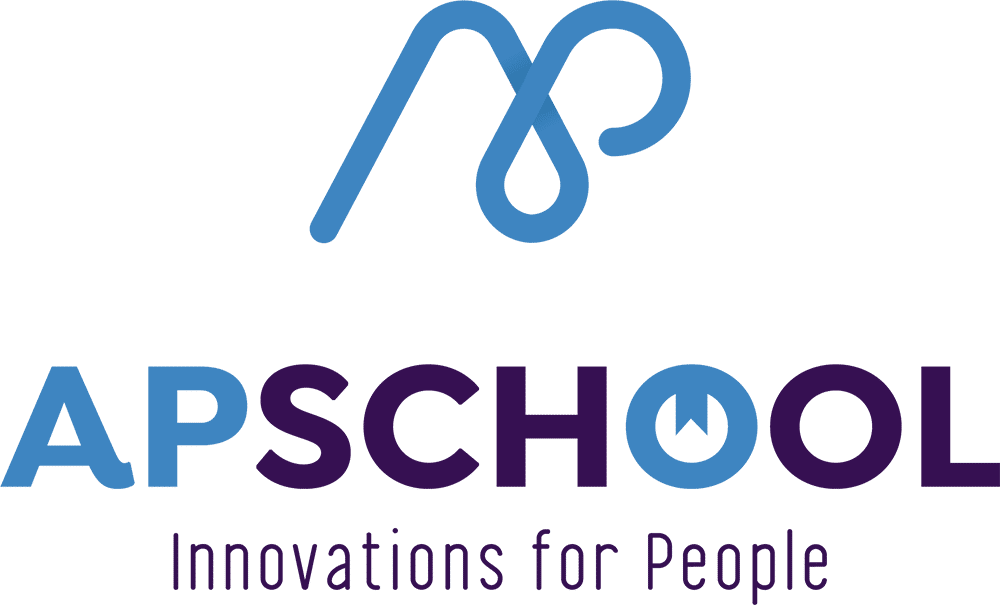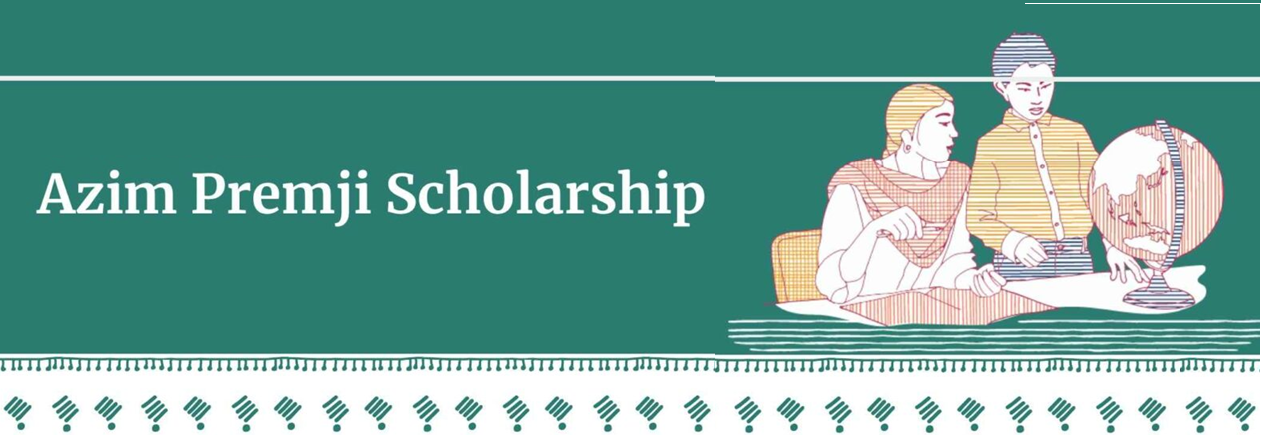Change is expected very quickly and will center on the idea of learning in India, so the education system there is at a significant crossroads. Given that the vision of the nation is to be the world knowledge hub, it therefore becomes imperative to closely analyze many changes happening, policies being developed, and technologies being adopted hoping to revolutionize India’s whole education system.
National Education Policy (NEP) 2020: A Blueprint for Transformation
The National Education Policy in India is an unprecedented advancement in the technological sector. NEP-2020 will throw a whole new light on the system with major changes.
Structural Reform: The restructuring will replace the traditional educational structure of 10 + 2 with a new 5 + 3 + 3 + 4 configuration. This means children must pass into respective age groups 3-8 years, 8-11 years, 11-14 years, and 14-18 years as described for their three foundation, preparatory, middle, and secondary stages. Restructuring will focus on early childhood care and education, considering the obvious need for care in that period of developing age.
Holistic and Multidisciplinary Education: The policy calls for an interplay of course options with a multidisciplinary approach that facilitates the integration of vocational education and also makes the rigid boundaries of subject streams fluid.
Increased Gross Enrolment Ratio (GER): A target is set to increase the GER in higher education to 50% by 2035 as one of the most ambitious targets in the NEP to enhance access to higher education.
Technological Integration: Paving the Way for Digital Learning
Technology is about to become a driving force in transforming the Indian education system. Emerging technological trends include:
Partnership programs: Rising in popularity and contributing to students’ exposure is joint degree courses and research collaboration with foreign schools.
The Road Ahead: Developing a Lifelong Learning Attitude
VR & AR: It is, however, immersive technology that perfectly fills gaps in experimental learning. That allows students to deal with complex concepts in an interactive environment.
EdTech boom: The rise of education technology companies is easing access to quality education resources to fill in gaps in traditional learning methods.
Emphasis on Skill Development and Vocational Training
In line with global workforce requirements, skill development receives the keenest attention nowadays.
Inclusion of Vocational Education: By offering pertinent skill training alongside usual studies, NEP 2020 provides for the inclusion of vocational courses in the curriculum for students.
Industry Collaboration: Networking among companies and educational institutions increases the employability of graduates and the pertinence of the curriculum.
Globalization of Higher Education
India’s higher education sector is witnessing more globalization:
International Campuses: Foreign institutions., some of them greatest of the world, are establishing campuses in India and providing globally designed programs in a culturally integrated medium.
Partnership Programs: Joint degree programs and research cooperation with international institutions are becoming more popular and adding to the exposure to students.
The Road Ahead: Fostering a Culture of Lifelong Learning
Continuous Professional Development: Continued professional development, namely, the continual process above appropriate teacher training programs to keep teachers up to date with the latest pedagogical methodologies, is hereby emphasized.
Learning Outside Classrooms: Promote learning through multiple avenues such as online courses, workshops, and community engagements, where opportunities are available for constant skills upgrading will be created.
Conclusion
In conclusion, the education system in India is currently going through a reformation wherein an infusion of innovation, inclusiveness, and global integration into its domains is going to persist. Cooperative efforts from policymakers, teachers, and stakeholders will, however, ensure a better educational ecosystem catering to equipping the processes of training with an adequate knowledge base that can empower learners with sufficient skills and competencies to ride the waves of dynamic changes in the future.

